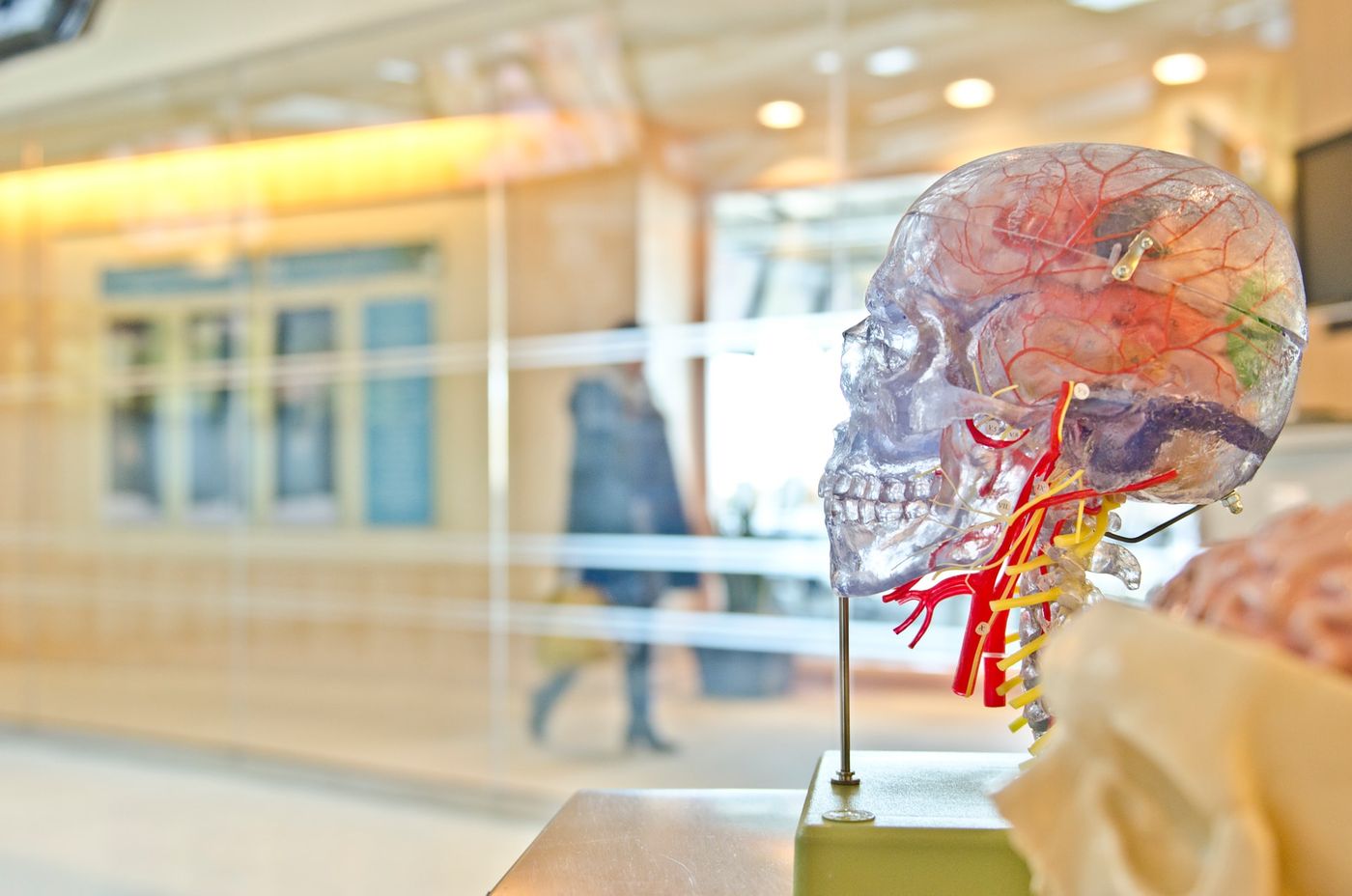The Brain's Immune Protectors Come from an Unexpected Source: The Skull
The immune system and the nervous system have a love-hate relationship. On one hand, immune protection is critical for shielding the brain and nervous tissues from pathogens and promoting regeneration. On the flip side, however, an overactive immune system has been linked to uncontrolled inflammation, creating the perfect conditions for the development of neurodegenerative diseases.
New research has revealed the cellular regulators of this complicated relationship: immune cells that migrate in from the skull.
A study published in Science revealed that these immune protectors originate from the bone marrow of the skull, squeezing into the cranial cavity through tiny passages in the bone. These skull-derived immune cells are distinctly different from those present in circulation that are more likely to drive inflammation and autoimmune disease.
“There has been this gap in our knowledge that applies to almost every neurological disease: neuro-COVID, Alzheimer’s disease, multiple sclerosis, brain injury, you name it,” said Washington University School of Medicine in St. Louis’ Jonathan Kipnis, senior author of the study.
“We knew immune cells were involved in neurological conditions, but where were they coming from? What we’ve found is that there’s a new source that hasn’t been described before for these cells,” Kipnis said.
Kipnis and colleagues found that a population of innate immune cells called meningeal myeloid cells came from the bone marrow of the skull and vertebrae, journeying to the meninges through microscopic passages in the bone. In animal models of traumatic brain injury and multiple sclerosis, Kipnis’ team found that the myeloid cells from the skull were immune response modulators, keeping inflammation in check. However, immune cells that originated from the blood often sent inflammatory cascades into overdrive, elevating the risk of damage to sensitive neural tissue.
“Understanding where these cells come from and how they behave is a critical part of understanding the basic mechanisms of neuro-immune interactions, so we can design new therapeutic approaches for neurological conditions associated with inflammation,” explained Kipnis.
“The location of these cells in the skull makes them relatively accessible, and opens up the possibility of designing therapies to alter the behavior of these cells and treat neuro-immune conditions.”
Sources: Science, Washington University in St. Louis.









